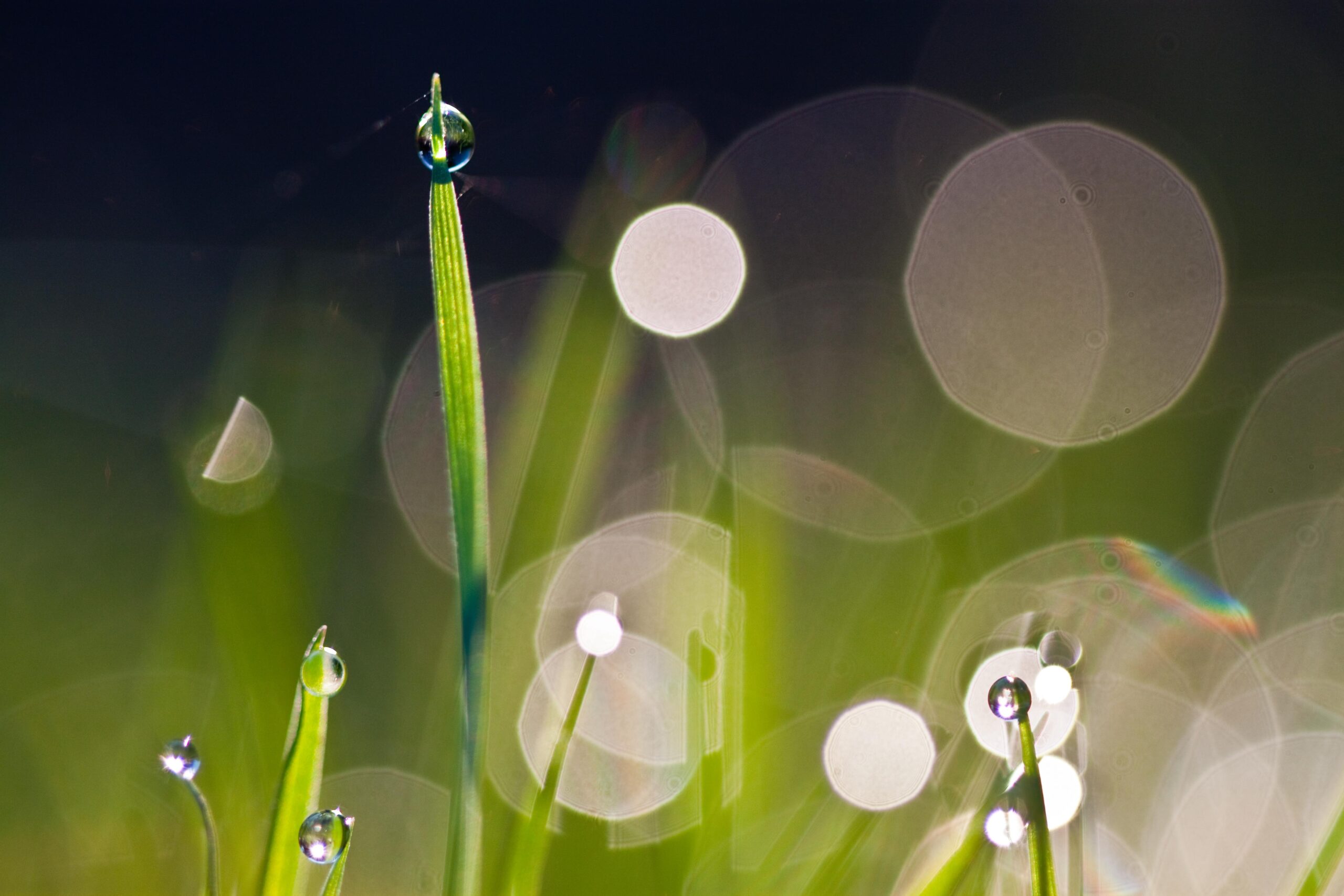
What in fact is bokeh?
Bokeh is a photographic term that gets talked about a lot but what exactly is bokeh?
Bokeh comes from the Japanese word for "blur" and technically means the 'visual quality of the out-of-focus areas of a photographic image, especially as rendered by a particular lens' - which is a bit of a mouthful! It is more commonly, somewhat loosely, used for describing the background of the photograph itself.
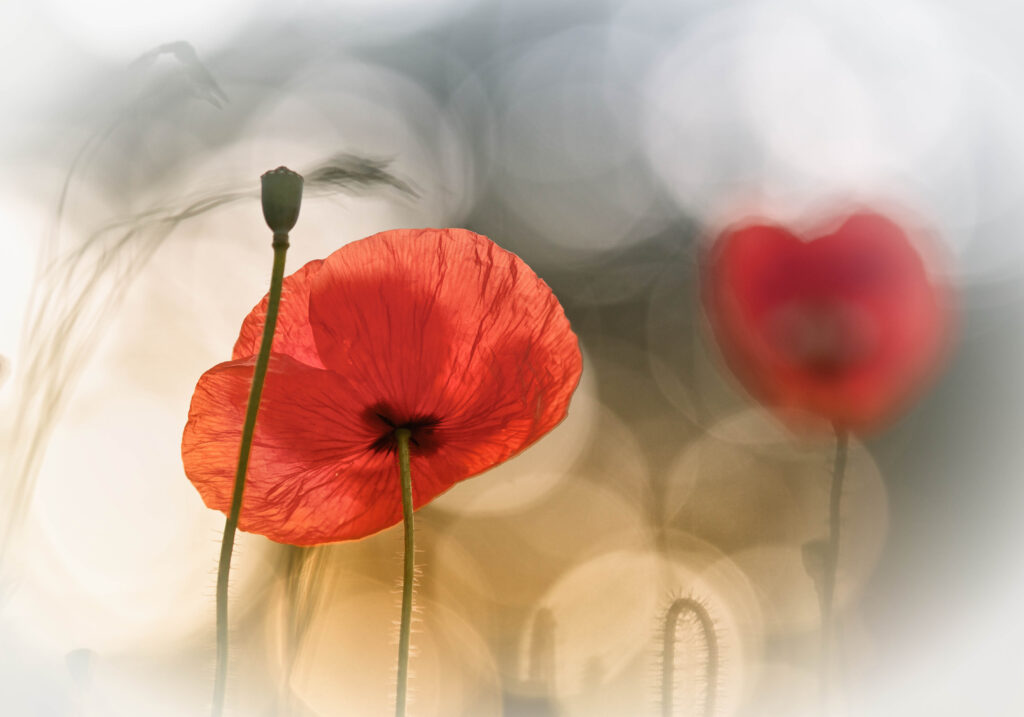
There is often some debate around the pronunciation of this word! The correct way to pronounce “bokeh”, is Bo-Ke. The ‘bo’ is like bow, as in ‘bow and arrow’. The “ke” is like the sound at the beginning of the word “kettle”. Ke-ttle and not “kay”.
The bokeh effect can be used in many types of photography but it is of special importance and relevance in flower photography where it can help produce some truly beautiful images. If you master the technique of generating bokeh you can achieve some amazing effects that make your images look more artistic, more professional and overall 'just plain gorgeous".
In some images, where the subject matter takes up most of the photograph, the bokeh and background are less important as there is either little or no background in the image. However, quite commonly in flower photography, beautiful images are obtained by having the flower only taking up a small to medium sized area of the photograph leaving the rest of the picture to be background. In these images the background therefore becomes very important in the overall effect and good quality bokeh can be used to make a nice picture into a beautiful picture.
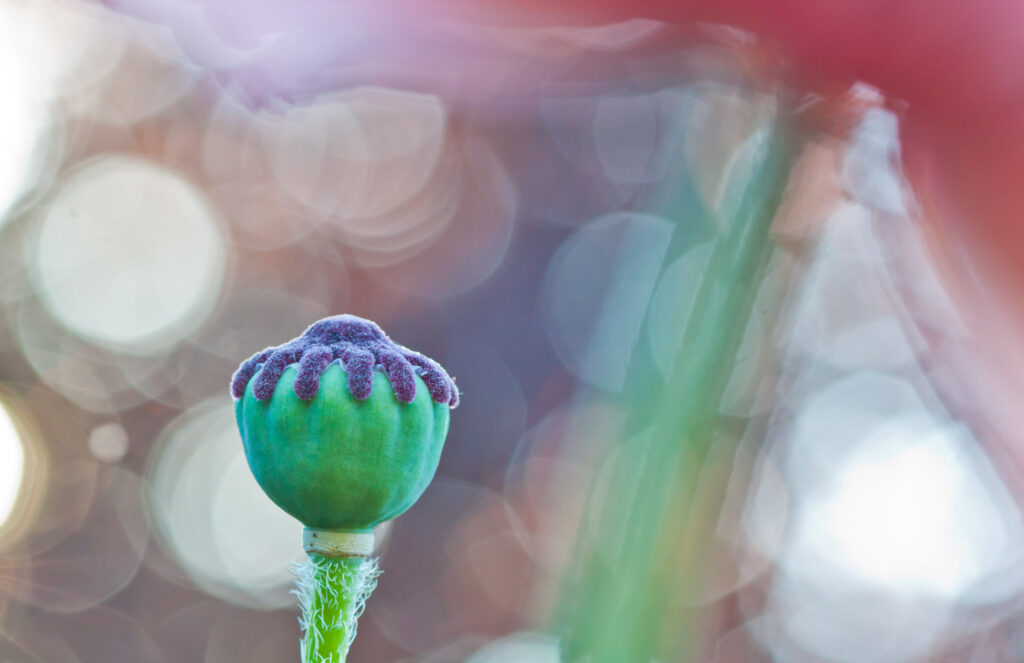
As mentioned above, bokeh is most relevant when large portions of the image are out of focus and because of this it is usually associated with photography that has a shallow or narrow depth of field, something that is quite commonly used in flower photography.
With a narrow depth of field only a very small slither across the picture is in focus leaving things in front of the subject matter and things behind the subject matter out of focus. It is this out of focus-ness that lends itself beautifully to producing the beautiful bokeh.
When something falls outside this narrow depth of field it is not reproduced exactly on the camera sensor and it tends to be reproduced as a blurred or a kind of blurry circle. These blurry circles are most obviously apparent when there are small point light sources either in front of or behind the subject matter (most commonly behind). This can be seen in both the images above. This is why the bokeh that looks most beautiful is in a scene where you have light of some description behind the subject matter i.e. city lights at night time or more relevant to flower photography I suppose, the sun shining through a hedge or some other undergrowth. How these out of focus circle bits actually appear is determined by the design in the construction of the lens and a bit of luck!
You may have noticed that the bokeh effect in many photographs are not true circles but are indeed more polygons. If you look carefully at the images in the article you can see that they are not quite perfect circles. This is because the circles reflect the shape of the aperture formed inside the lens by the 'blades'. Aperture blades are found inside the lens and are small pieces of material that move to decrease or increase the size of the area that lets light pass on to the sensor or film in the camera – the aperture.
These blades, are the structures that are used to make the aperture bigger or smaller and they do not make a perfect circle. If there were just 3 blades you would get a triangular shaped aperture, four blades would give you a square shape, 5 blades a pentagon, 8 an octagon etc etc. You can see that the more blades there are the closer the shape gets to a circle but it never actually makes a perfect circle. Perfectly circular bokeh in a photography indicates that they have been generated by photographic software in the post processing.
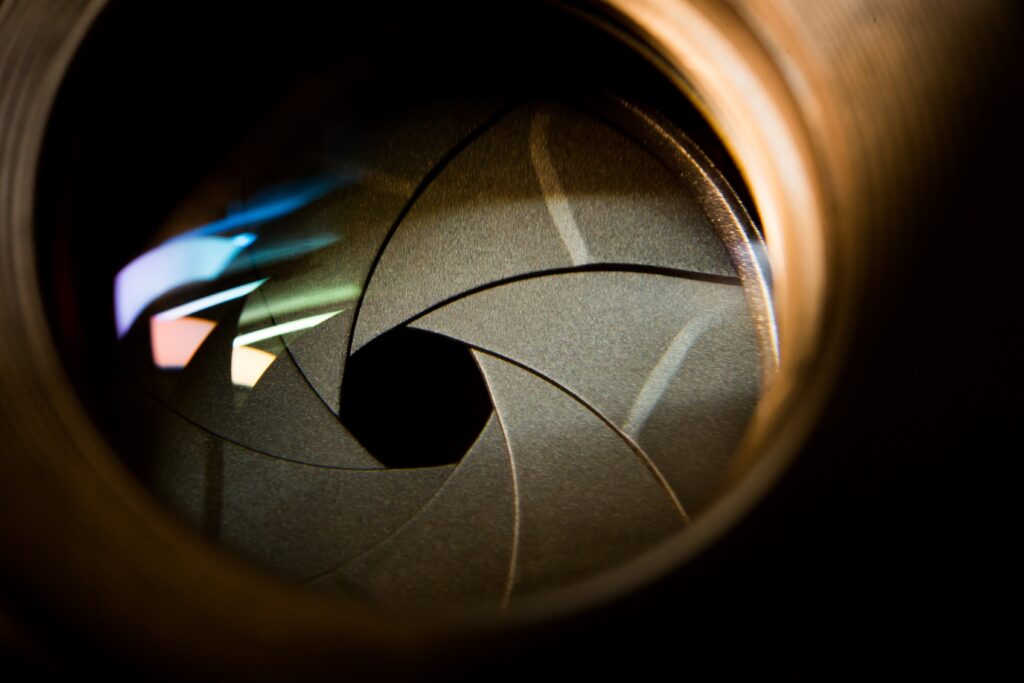
The wider the aperture the shallower the depth of field and the bigger the blurry circle. The narrower the aperture the smaller the blurry circles.
Generally speaking, the larger circular blurry circle type of bokeh is considered better looking than the smaller more in focus bokeh. This is because the bigger, softer circles tend to distract less from the subject matter. This, however, is a matter of opinion.
When using a wide open lens, ie a big aperture, you will only get a small part of your subject in focus. You may need to narrow the aperture down slightly to get more of the subject matter and focus but this will mean you will probably start to trade off the dreamy bokeh effect of the background – you will just need to experiment.
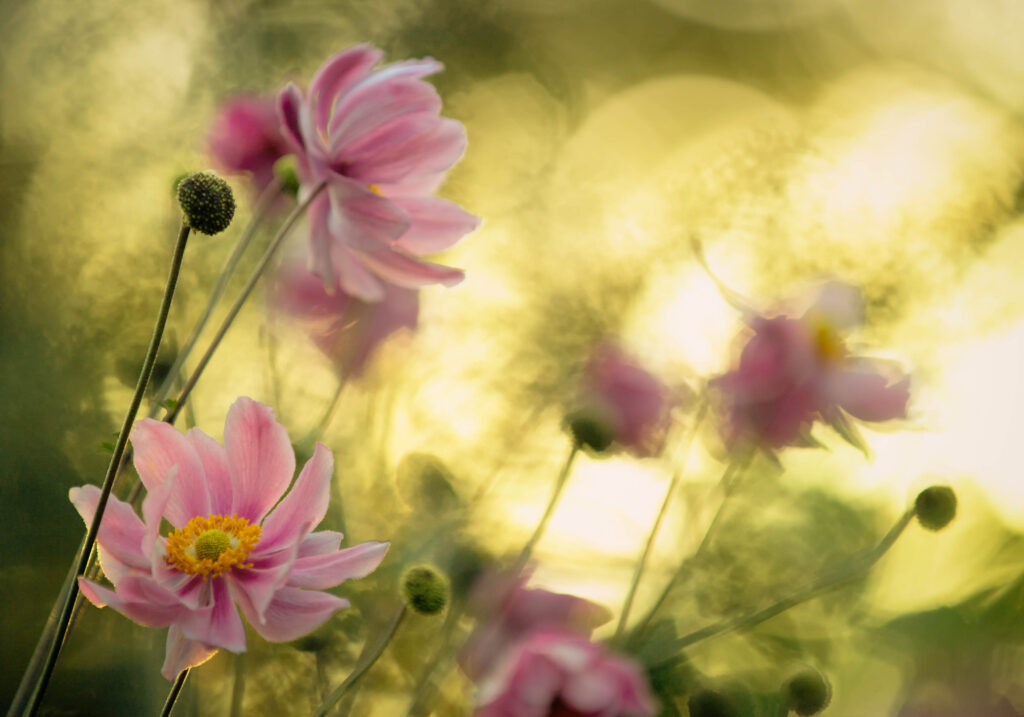
Things to consider when trying to achieve the best bokeh:-
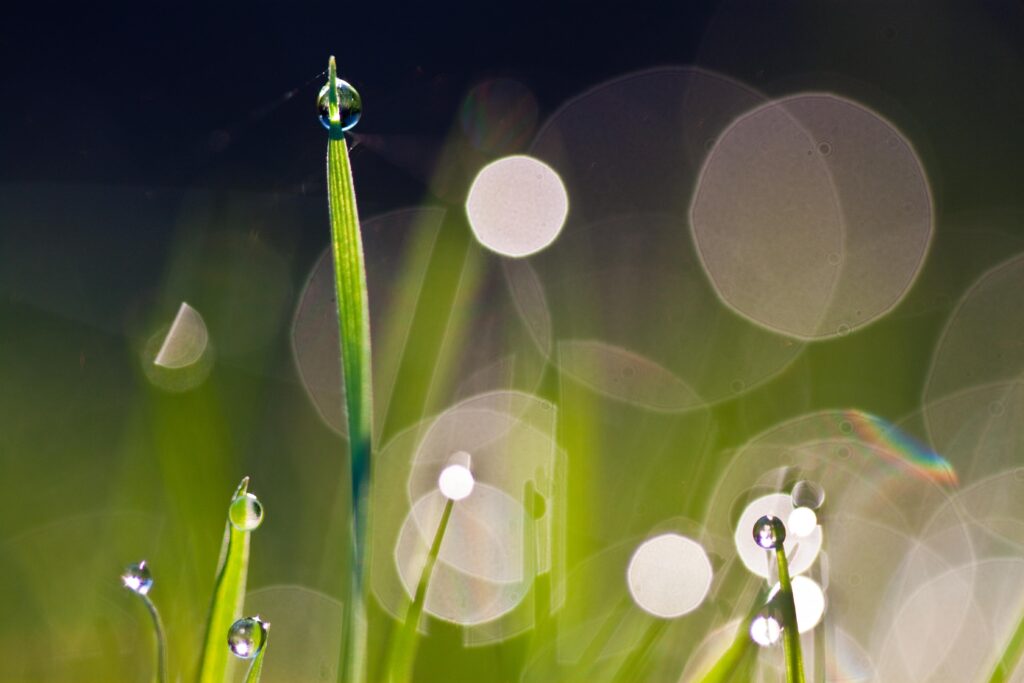
2) Use the largest aperture that your lens will allow you. Check out other relevant blogs - "The 'f' Word" and "Aperture - is it better bigger?"
There is no one fool proof method to be followed to generate beautiful bokeh. It is one of those things that (as with a lot of things in photography) you just need to play around and see what you can find - change your position - change the background - change your distance from your subject matter - change the distance if you can from the subject matter background.
Just go out there and experiment and have some fun!